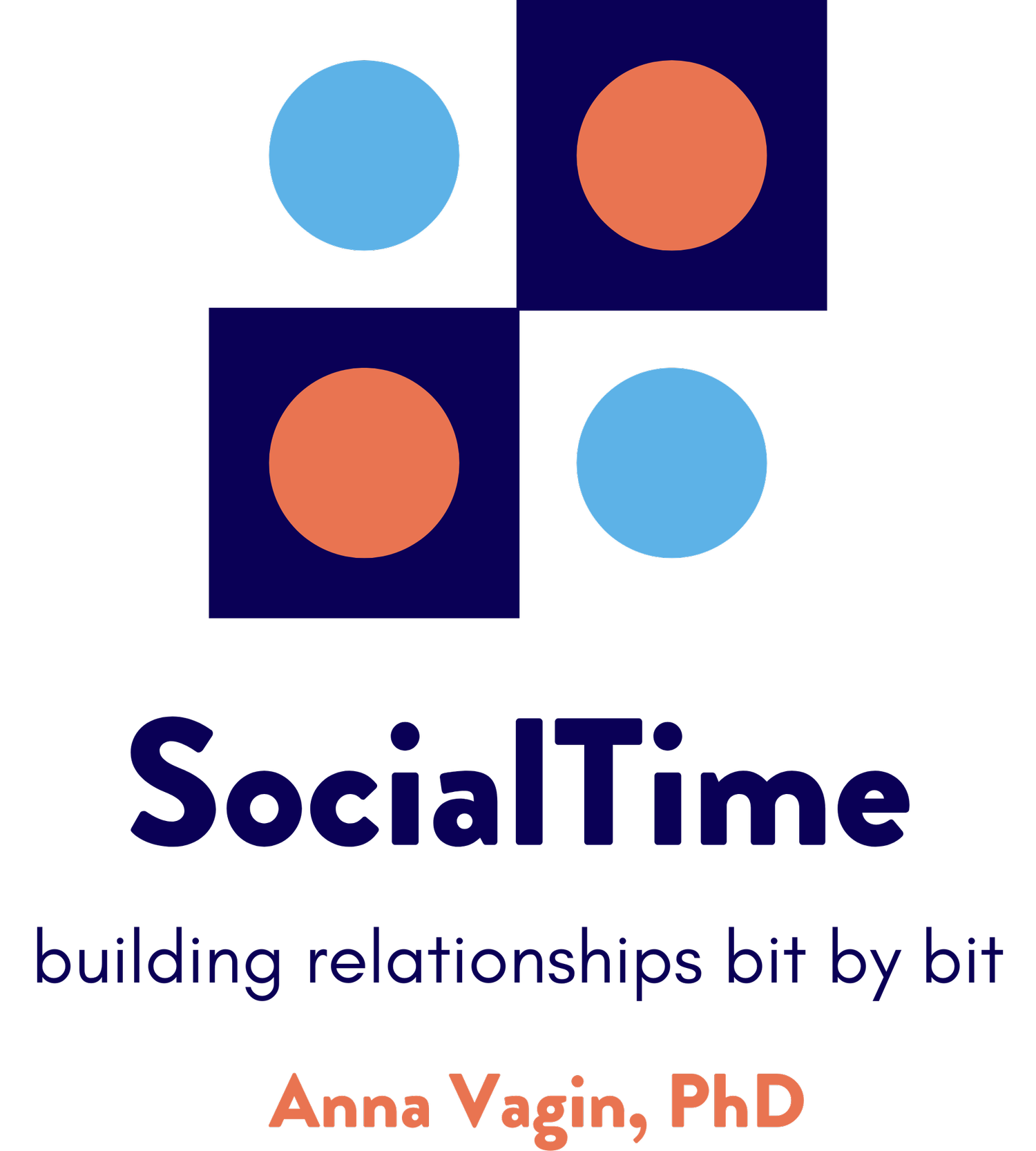Practicing Social via Building Activities
As the school year draws to a close, some of the students I see get a bit antsy. Yours too? A good time to bring out some new materials to battle that “what……X again?” refrain you may hear from your students. I also find that students seem more tired (ok, maybe me too,) whether from finals, little league gearing up, the heat, or being in cars trying to avoid construction traffic! Overall, an excellent time to explore new movement and grey matter stimulating fun. Last time I talked about tabletop games, and using them as terrific materials for social and emotional learning. Well, now let’s put those games on the shelf and turn to building materials and building projects! Another wonderful format that provides our students with opportunities to practice those same skills: regulation, emotional understanding (of both self and others,) nonverbal processing, inference, conversation, collaboration, flexibility – and more! So many of our students are great builders. Give those budding engineers activities and materials that will challenge them – here are my top 4:
Gravitrax: The new “fave rave” since I saw it at a school, purchased it the same day, had students using it in 2 days (thanks Amazon), and ordered expansion materials that afternoon. Yes, it’s a bit pricey, but it has given my students HOURS of engaged and collaborative fun! And resilience building since it can be somewhat fragile. But never fear, like with IceCool (don’t know what that is? Read my last blog) your students will stick with it because……it’s such FUN!
Rube Goldberg Machines: I love using Rube Goldberg machine building – these are based in using materials in ways that are different than what they are meant for, so it’s perfect for work on flexibility. Check these out and show them for inspiration:
OK Go - This Too Shall Pass
The Lemonade Machine- Sprice Machines
The Quarantine Machine: a toilet paper chain reaction
How to Make a SIMPLE Rube Goldberg Machine - Become a Beginner
Ready to start experimenting? Remember, they don’t have to be fancy:
P.S. I have found that families really enjoy constructing Rube Goldberg machines (particularly during SIP) and then sending videos to me so students can share them in group…
Kapla Blocks: Sometimes, the simplest materials are the best! I’ve found that the uniformity of Kapla blocks leads to even greater creativity. Knocking one down? Be sure to film it in s -l-o-w m-o-t-i-o-n for greater impact!
1. Sandtray: Virginia Axline introduced Sand Tray (Sandplay) therapy as non-directive, child-centered play therapy, especially for nonverbal children. Sand Tray therapy allows children to create worlds using miniatures in a sand tray. Many clinicians have hundreds (if not thousands) of characters and materials available to use. Mine isn’t so grand, but over the years, I have collected a decent number of figures, characters, animals, and various building materials. So useful in either individual or group therapy sessions. “True” sand trays have specific dimensions and a painted blue bottom-ocean scene anyone? Intrigued? Dive in and start your collection! I got my start reading Axline’s incredible book: Dibs in Search of Self: The Renowned, Deeply Moving Story of an Emotionally Lost Child Who Found His Way Back (make this a link to Amazon).
Are you taking the summer off to recharge, relax, and make memories that will sustain you during the rest of the year? Since that’s part of MY summer plan, I’ll just be sending monthly blogs for the next 3 months. Wherever you go and whatever you do, take good care. Be well. Do good. Appreciate life.






